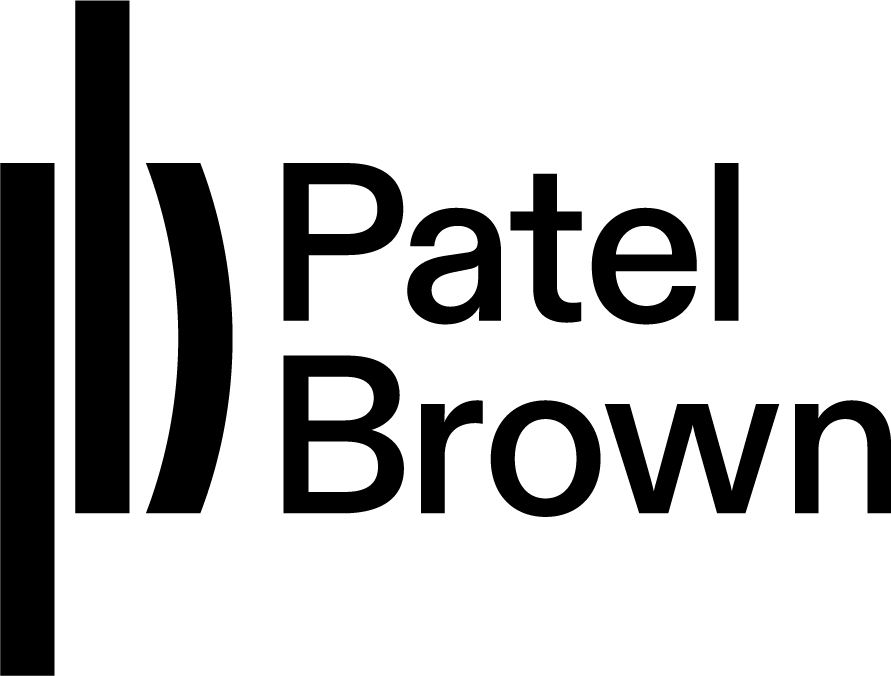Patel brown Gallery | 21 Wade Ave
fair adaptation, gallery pivots
June 26 - aug 8, 2020
Nicolas Fleming, Shaheer Zazai, Mia Sandhu, Kim Dorland, Luke Painter, and Vanessa Brown
The delineation of space implies an exactness: a boundary determined by a set number of square footage and walls. But it can also be thought of as an outline that has the capacity to both enfold a boundary and diverge from it. The gallery has engaged artist Nicolas Fleming to create a built space similar to one planned for the gallery’s booth at the Papier Art Fair (Montreal; June 4-21 2020), 2020 – which was adapted to an online fair as a result of the recent pandemic. Developing the project in collaboration with Patel Brown, Fleming was offered the opportunity to invent this new space before the completion of the gallery walls.
Coherent with recent guiding principles of his art practice and proper to his personal aesthetic, Fleming creates an outline that simulates a domestic space in which he engages with building materials and techniques which are also used in that dovetail with the gallery’s original construction. In it, the artist places domestic objects shaped in drywall that, though familiar, are abstractions in their form and function. A built-in window grate and thresholds immerse the viewer into a continuous stream of portals that is echoed through the work of other artists included in the installation. A stained glass series by Vanessa Brown entitled, Sheltering Bottles (2019), depicts the layered envelopment of vessel forms; Kim Dorland’s Portal (2018/19) and Her Brain is on Fire (2020) that both transform the outline of a face into a forested landscape; and Mia Sandhu’s Bawdy series (2020), mounted like family photos, which feature keyhole frames that beckon voyeuristic glances into plush interiors. Textiles appear again in Luke Painter’s From Floral to Geometric (2020) in which twentieth-century patterned drapery hangs heavy — a diptych revealed where parquet tiles converge at a sly point — and in the digitally rendered tapestries by Shaheer Zazai that first present as images of carpets but upon closer inspection reveal their textual origins. Patel Brown opens at a moment when the delineation of space has asserted an unprecedented primacy, both in physical form and in ideas surrounding rights of shelter and of safety. It is also a moment that has proven space is not an impenetrable boundary but a porous outline that has the capacity to shift, reshape, and transform structures both inside and out.












